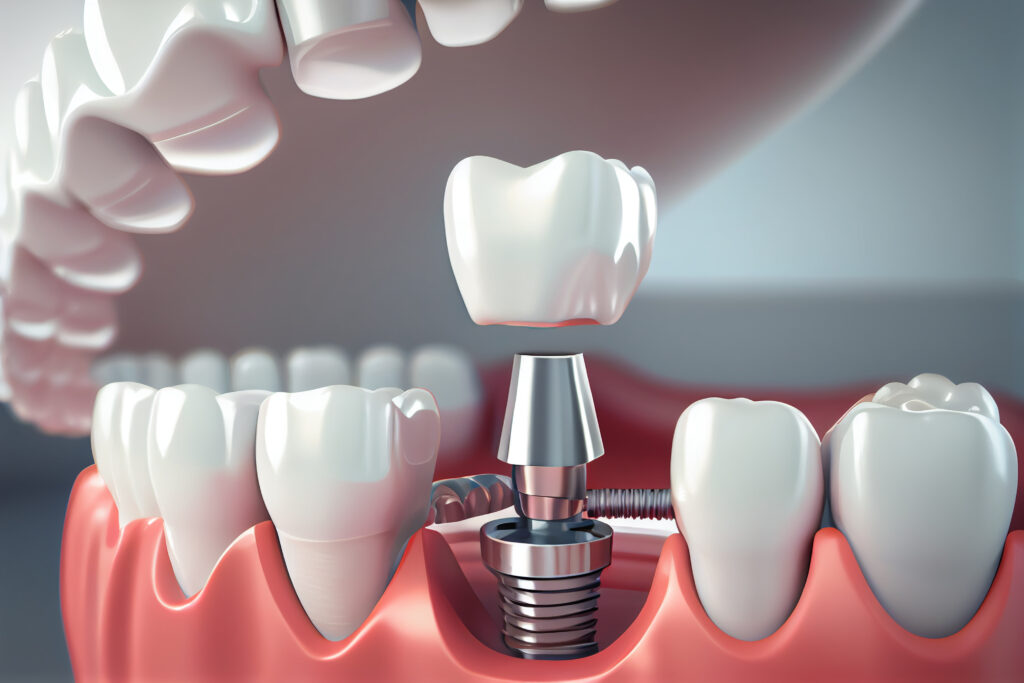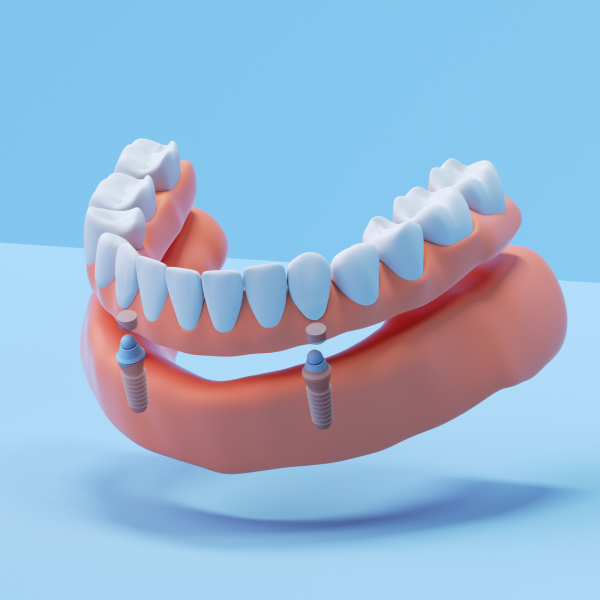Experience the most up to date Developments in Oral Implants Innovation
As the area of dentistry continues to evolve, the advancements in oral implant modern technology have actually been nothing short of amazing. The integration of technology is changing the capability of oral implants, guaranteeing boosted results and client complete satisfaction.
Advanced Products for Enhanced Resilience
In the realm of oral implants innovation, the integration of advanced materials has substantially added to enhancing longevity and durability of these critical dental prosthetics. The utilization of materials such as titanium alloys, zirconia, and ceramic compounds has revolutionized the field by supplying boosted biocompatibility, resistance, and toughness to corrosion.
Titanium alloys are widely utilized in dental implants due to their phenomenal strength-to-weight ratio, deterioration resistance, and compatibility with the body. These alloys guarantee the stability and long life of the dental implant by withstanding the pressures put in throughout eating and speaking, supplying a dependable remedy for people looking for resilient tooth replacements.
Zirconia, a kind of ceramic product, has actually acquired appeal for its biocompatibility and natural tooth-like look. Its high stamina and resistance to use make it a suitable choice for oral crowns and bridges, enhancing the overall looks and functionality of the dental implant.

Digital Imaging for Specific Positioning
The evolution of oral implants innovation has actually even more progressed with the assimilation of digital imaging techniques, guaranteeing specific positioning of these prosthetics for optimal practical and visual end results. Digital imaging plays a vital role in the planning and placement of oral implants by supplying comprehensive 3D pictures of the patient's jawbone structure. This innovation permits dentists to examine bone density, find crucial frameworks, and intend the exact position and angle for implant positioning with exceptional accuracy.
By using digital imaging, dentists can produce online surgical guides that serve as a roadmap during the dental implant placement procedure. These overviews are tailored for every individual, taking into consideration their distinct makeup and the preferred outcome. This level of accuracy not only boosts the success rate of oral implant procedures but also decreases the risk of problems.
Moreover, electronic imaging allows dental experts to envision the final prosthetic restoration before the real positioning of implants, permitting for careful planning and making certain that the end result meets the person's aesthetic expectations. Generally, the assimilation of digital imaging technology has revolutionized the field of dental implants, offering clients a more foreseeable, reliable, and patient-specific therapy method.

Minimally Invasive Surgical Strategies


Improvements in surgical methods have actually resulted in the growth of minimally invasive methods in the field of dental implantology. These strategies intend to decrease trauma to the patient, reduce healing times, and improve general therapy results. Minimally invasive operations entail smaller cuts, specialized tools, and advanced imaging innovations to precisely put dental implants with very little interruption to bordering tissues.
One secret element of minimally intrusive strategies is using assisted surgical procedure, where 3D imaging and computer-aided design software are used to plan the dental implant positioning with fantastic precision. This permits for an extra predictable outcome and can commonly eliminate the requirement for substantial flap surgery.
Additionally, improvements in materials and implant style have likewise added to the success of minimally intrusive strategies. Implants with boosted surface area homes advertise faster osseointegration, reducing the healing time called for before the prosthetic repair can be put.
3D Printing for Customized Solutions
Using 3D printing technology in dental implantology enables for the production of highly tailored solutions customized to individual person requirements and anatomical variants. This innovative modern technology allows oral professionals to develop and make dental implants with phenomenal precision and accuracy. By utilizing electronic imaging strategies, such as cone beam of light computed tomography (CBCT), thorough 3D designs of the client's oral tooth cavity can be generated to assist the implant planning process.
One of the crucial benefits of 3D printing in dental implantology is the capacity to develop patient-specific implants that perfectly fit the one-of-a-kind anatomy of each person. This tailored approach assists improve the general success and longevity of the implant by guaranteeing ideal fit and alignment. Furthermore, 3D printing permits the production of intricate geometries and complex frameworks that would be difficult or impossible to achieve using traditional manufacturing approaches.
Moreover, 3D printing innovation allows dental practitioners to streamline the implantation procedure, minimizing surgical procedure time and improving total individual experience. With its capacity to create tailored services rapidly and successfully, 3D printing is changing the area of oral implantology, offering people innovative treatment alternatives and enhanced outcomes.
Integrated Modern Technology for Improved Performance
Carrying out innovative technology in dental implantology enhances capability and accuracy, boosting the criterion of care for patients going through implant treatments. Integrated innovation plays an essential duty in enhancing the general success and sturdiness of oral implants.
Moreover, the combination of computer-aided layout and computer-aided production (CAD/CAM) innovation makes check it possible for the creation of custom-made implant repairs with exceptional precision. CAD/CAM systems utilize electronic perceptions to create prosthetics that perfectly check this fit the client's special composition, making certain optimal convenience and capability. Furthermore, making use of robotic-assisted surgery in implant positioning improves precision and lessens the threat of human mistake.
Conclusion
Finally, the most up to date developments in dental implants technology offer boosted durability via innovative materials, accurate placement with digital imaging, minimally intrusive surgical strategies, tailored solutions with 3D printing, and enhanced capability with incorporated modern technology - Dental implants Kent. These advancements in dental implants modern technology are revolutionizing the area and offering patients with even more effective and effective therapy options for restoring their smiles and oral health and wellness
The integration of innovation is revolutionizing the functionality of dental implants, assuring boosted outcomes and person satisfaction.
The development of oral implants technology has even more advanced with the assimilation of electronic imaging techniques, making certain specific positioning of these prosthetics for optimum functional and aesthetic end results. Minimally invasive medical treatments entail smaller lacerations, specialized instruments, and advanced imaging technologies to specifically place dental implants with minimal disruption to bordering cells.
Executing sophisticated technology in oral implantology improves performance and precision, raising the requirement of care for individuals undergoing implant treatments. Dental implants Kent. Integrated technology plays an important duty in improving the overall success go to my blog and toughness of dental implants
Comments on “Discover Your Smile Again with Dental Implants Kent: Reputable Solutions”